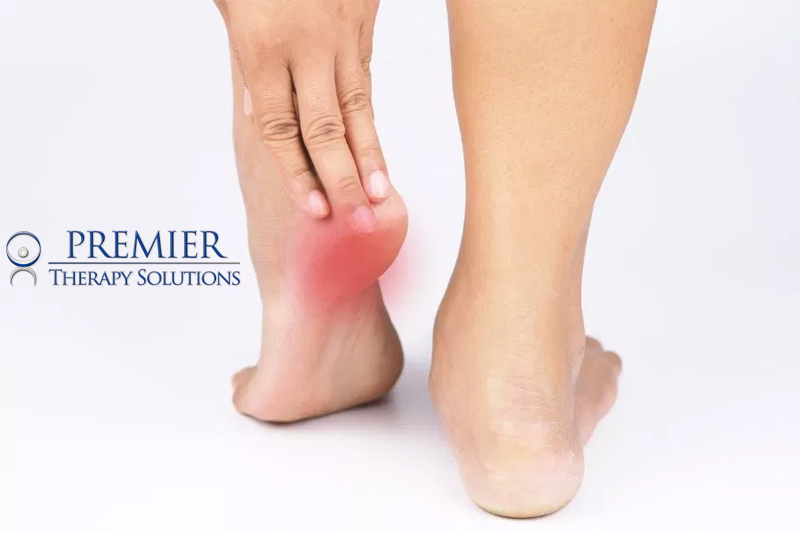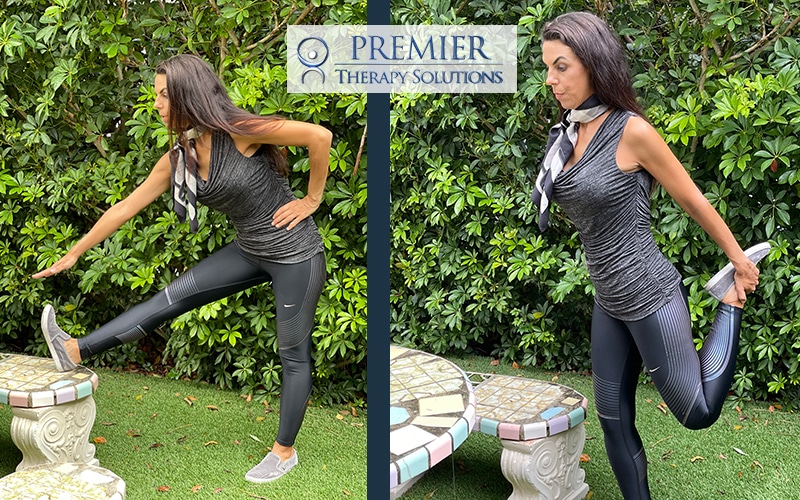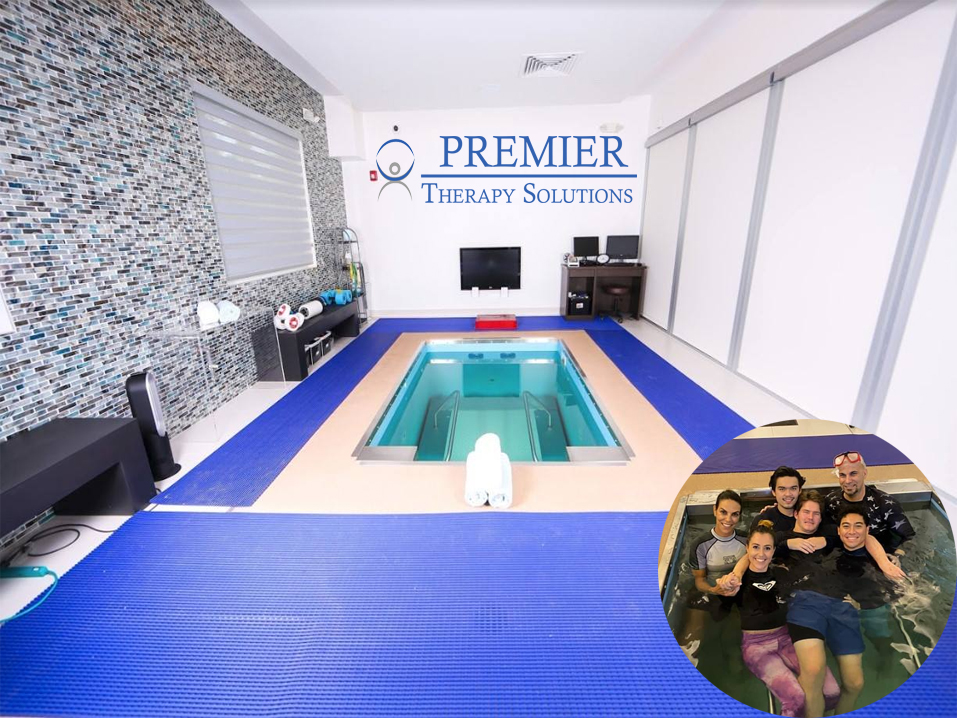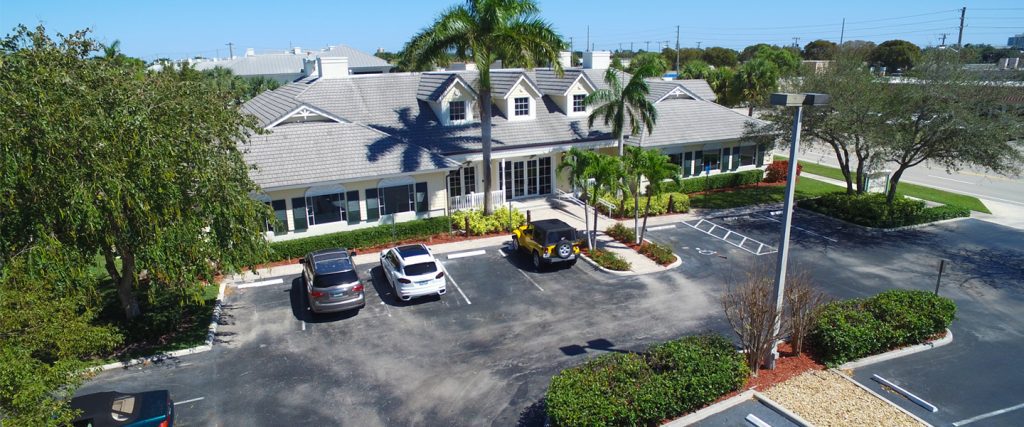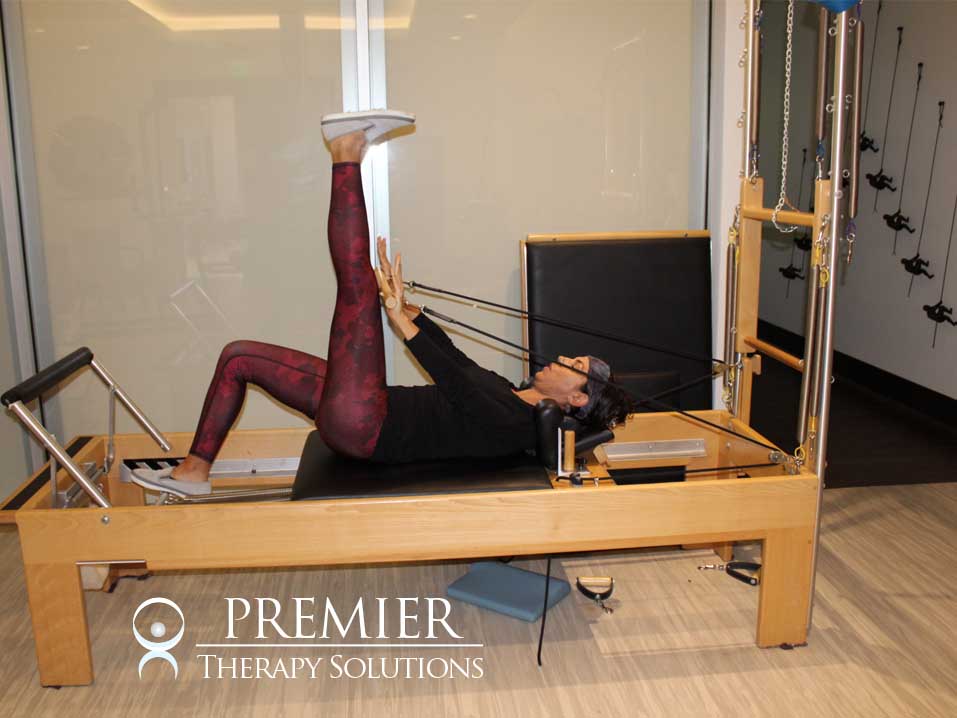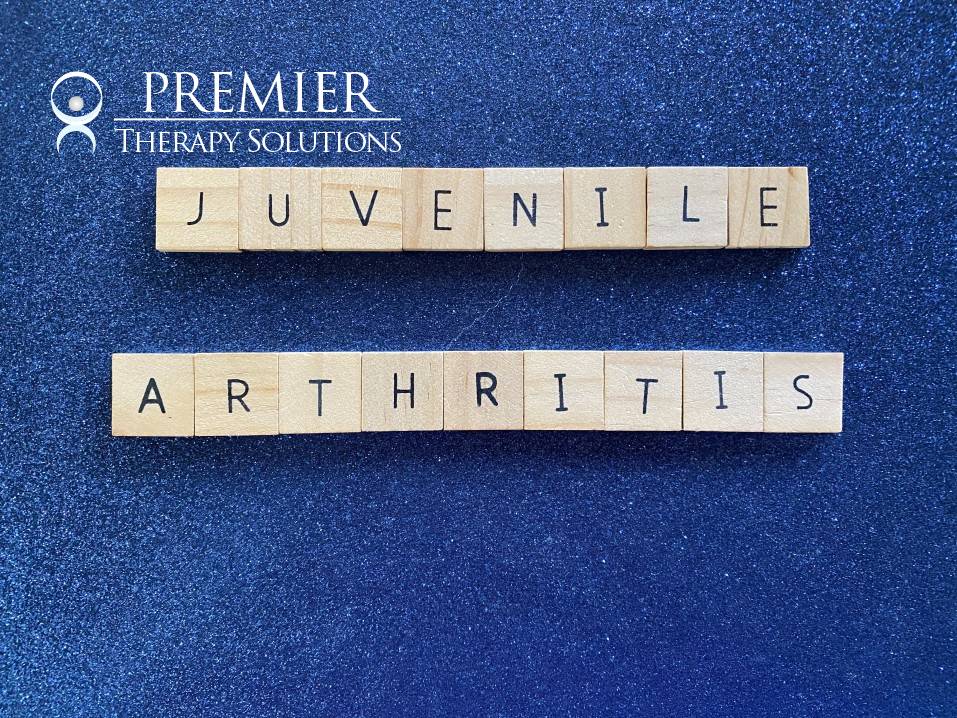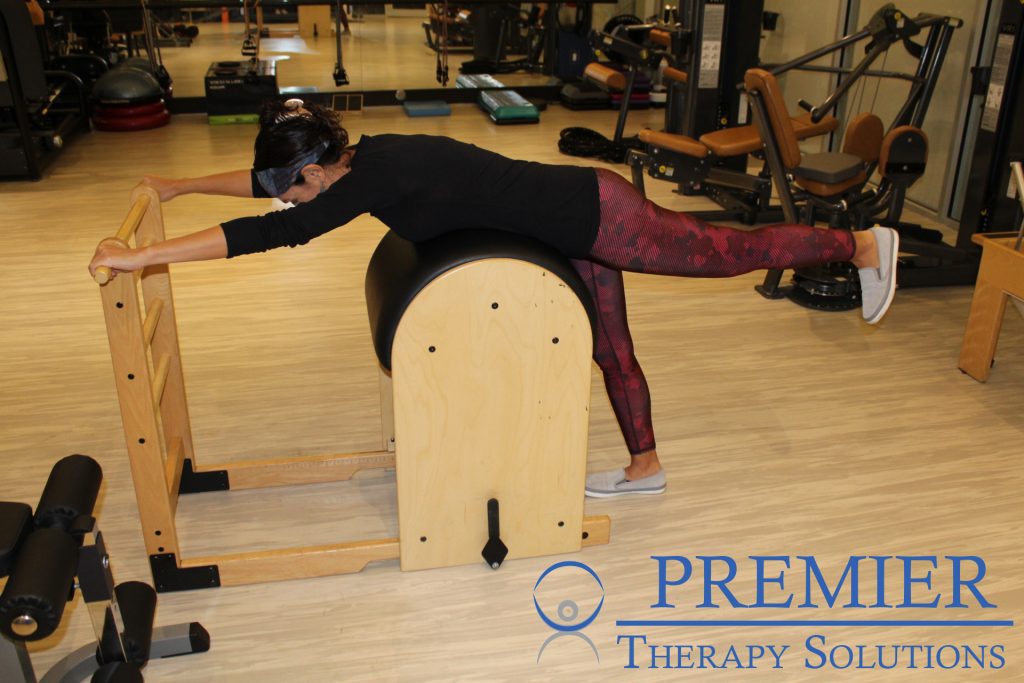Seeking physical therapy for plantar fasciitis, a common foot injury, can prevent it from getting worse and help treat it altogether. Plantar fasciitis is commonly associated with runners and can seemingly appear out of nowhere or gradually over time.
The injury can cause pain and issues with walking and running. If it is not quickly addressed it can continue to worsen and become debilitating. The following article will highlight the symptoms of plantar fasciitis and physical therapy techniques that can alleviate and treat this injury.
Common Symptoms Associated With Plantar Fasciitis
Typically, the symptoms occur in runners and can cause a burning pain in the arch or heel of the foot. Runners will report feeling this pain at the beginning of their run. Generally, it will subside over the course of time but with continued running the pain will almost always return.
The intermittent nature of the pain often means runners will neglect to address the issue. In the later stages of plantar fasciitis, people will report severe heel pain when first stepping out of bed in the morning.
This pain occurs because during the night most people will sleep with their feet pointed down because of sleeping position and blankets pressing down on the feet. This position places the plantar fascia (the area affected by plantar fasciitis) in a contracted position for hours at night. In the morning, small tears occur in the fascia when the weight of the body presses down on the feet.
The pain generally subsides as the affected foot relaxes. However, the pain can return as the day continues. These signs and symptoms will require simple physical therapy for plantar fasciitis techniques in order to alleviate.
Steps For Alleviating Plantar Fasciitis
The running shoes used are a major component of alleviating plantar fasciitis and assessing them should be the first step. The general rule of thumb is that for anything less than twenty miles ran, a new pair of running shoes should be purchased every five-hundred miles or six months.
Runners that average more than twenty miles per week should replace their running shoes every three hundred miles or three to four months. The running shoes themselves can be custom made for a runner if their feet are very supinated or pronated. Runners can also use semi-custom and custom orthotics that can increase the mileage of the shoes.
Stretching is another important measure that can alleviate plantar fasciitis. Specifically, regularly stretching the Achilles tendon and calf muscles. The most effective way of doing this is by position the feet in a stride stance and leaning forward while the back heel is kept on the ground.
The stretch should be held for approximately twenty to thirty seconds and then repeated with the knee slightly bent. Stretching the calf muscles in the morning can help alleviate morning pain. This can be done by placing a towel or belt around the ball of the foot and pull back until a stretch is felt. This should be held for approximately twenty to thirty seconds.
Another technique runners can use is icing the arch of the foot or heel. Doing this will reduce inflammation and should be done for ten to fifteen minutes multiple times a day as needed. If none of the aforementioned techniques work then Premier Therapy Solutions can provide quality physical therapy for plantar fasciitis that can keep runners going the distance.

 Telehealth Services
Telehealth Services Acupuncture
Acupuncture 3D Body Scanning
3D Body Scanning